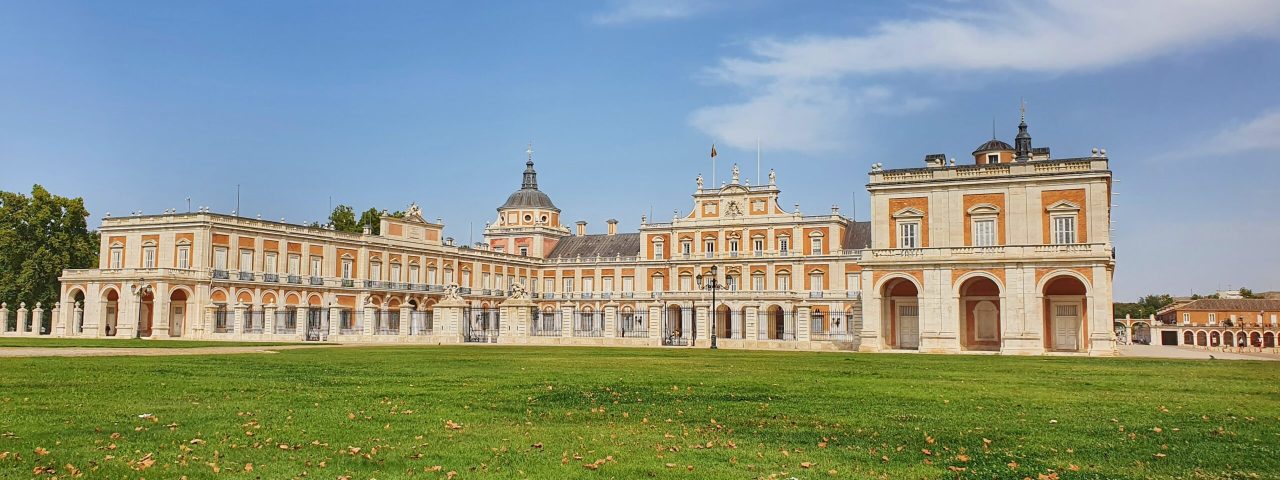Aranjuez has a rich and storied history, deeply intertwined with Spain’s royal heritage. The city rose to prominence in the 16th century when it became a favorite retreat for the Spanish royal family. King Philip II commissioned the construction of the Royal Palace of Aranjuez, which would go on to be a symbol of the city’s regal status. Over the centuries, the city has witnessed various historical events, including its designation as a key royal residence and the signing of important treaties.
Culturally, Aranjuez is known for its deep connection to music and the arts. The famous “Concierto de Aranjuez,” composed by Joaquín Rodrigo, is inspired by the beauty of the city’s gardens and palace, and it remains one of the most celebrated pieces of Spanish classical music. The city also hosts various festivals throughout the year, including the lively Fiestas de San Fernando in May, which features music, parades, and traditional performances.
Traditions in Aranjuez are rooted in its agricultural past, with a focus on the region’s bountiful harvest. The annual Strawberry Train, a historic railway journey from Madrid to Aranjuez, celebrates the city’s famous strawberry fields and offers tourists a nostalgic experience complete with costumed attendants and fresh fruit.

